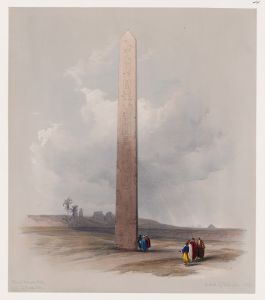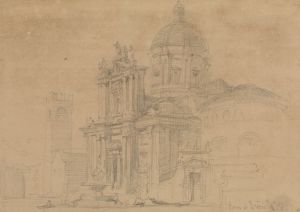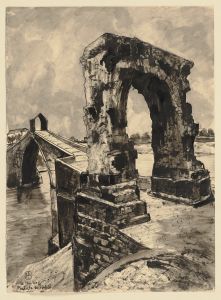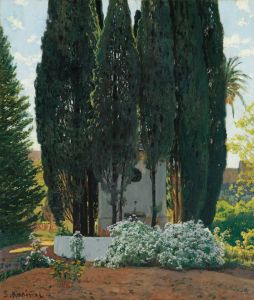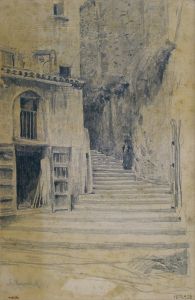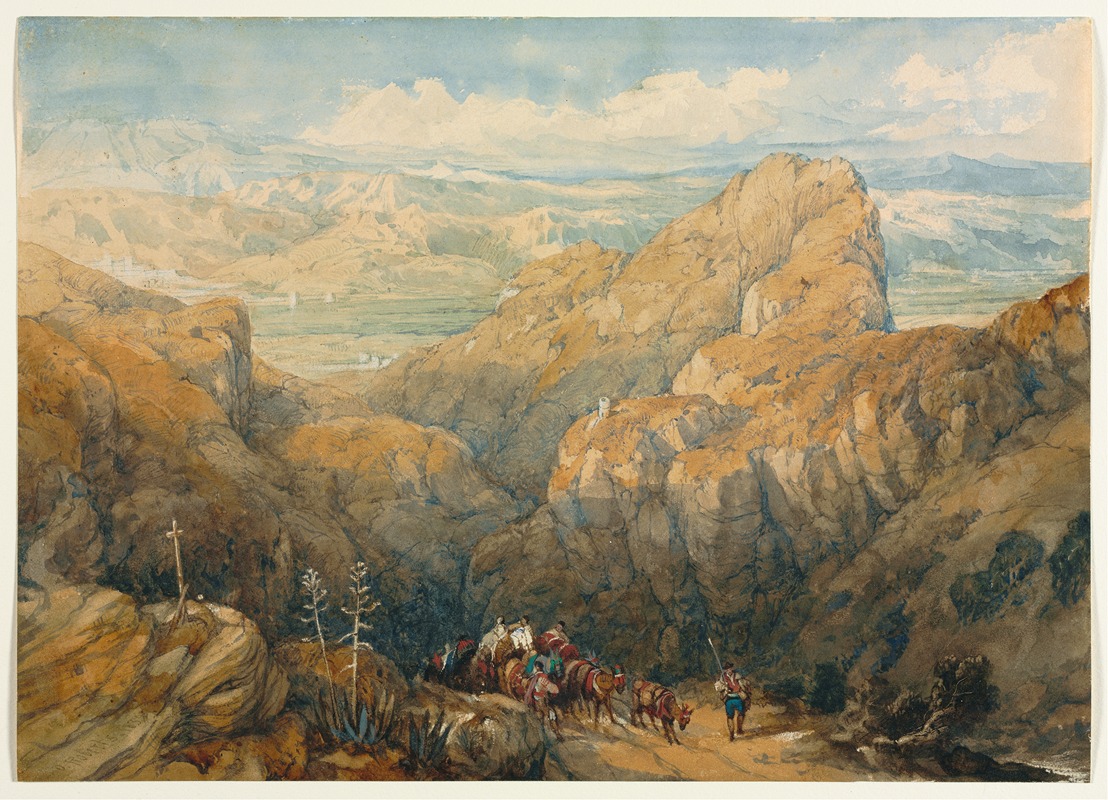
Descent into the Plain of Granada
A hand-painted replica of David Roberts’s masterpiece Descent into the Plain of Granada, meticulously crafted by professional artists to capture the true essence of the original. Each piece is created with museum-quality canvas and rare mineral pigments, carefully painted by experienced artists with delicate brushstrokes and rich, layered colors to perfectly recreate the texture of the original artwork. Unlike machine-printed reproductions, this hand-painted version brings the painting to life, infused with the artist’s emotions and skill in every stroke. Whether for personal collection or home decoration, it instantly elevates the artistic atmosphere of any space.
David Roberts' painting "Descent into the Plain of Granada" is a notable work by the Scottish artist, who is renowned for his detailed and evocative landscapes and architectural scenes. Roberts, born in 1796, was a prominent figure in the 19th-century art world, particularly known for his travels and the subsequent artworks that captured the essence of the places he visited.
"Descent into the Plain of Granada" was created during Roberts' extensive travels through Spain in the early 19th century. This period was a significant part of his career, as he meticulously documented the landscapes, architecture, and daily life of the regions he explored. His works from Spain are particularly valued for their historical and cultural insights, as well as their artistic merit.
The painting depicts a panoramic view of the plain of Granada, a region in southern Spain known for its rich history and stunning landscapes. The city of Granada itself is famous for the Alhambra, a palace and fortress complex that is a masterpiece of Moorish architecture. While the Alhambra is not the central focus of this particular painting, the region's historical and cultural significance is an underlying theme in Roberts' work.
In "Descent into the Plain of Granada," Roberts captures the dramatic topography of the area, with its rolling hills and expansive plains. The composition likely includes figures and elements that illustrate the daily life and activities of the people in the region, a common feature in Roberts' paintings that adds a narrative dimension to his landscapes. His use of light and shadow, as well as his attention to detail, creates a sense of depth and realism that draws the viewer into the scene.
Roberts' technique in this painting, as in his other works, demonstrates his skill in watercolor and oil painting. His ability to convey the texture of the terrain, the play of light on the landscape, and the atmospheric conditions of the scene are hallmarks of his style. These elements combine to create a vivid and immersive portrayal of the plain of Granada.
The significance of "Descent into the Plain of Granada" lies not only in its artistic quality but also in its role as a historical document. Roberts' paintings from his travels provide valuable insights into the landscapes and cultures of the 19th century, offering a visual record that complements written accounts from the period. His work has been praised for its accuracy and attention to detail, making it a valuable resource for historians and art enthusiasts alike.
David Roberts' contributions to the art world extend beyond his individual paintings. His works were widely exhibited and published, influencing both his contemporaries and future generations of artists. "Descent into the Plain of Granada" is a testament to his talent and his dedication to capturing the beauty and complexity of the world around him.





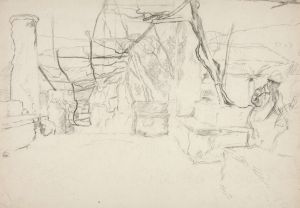
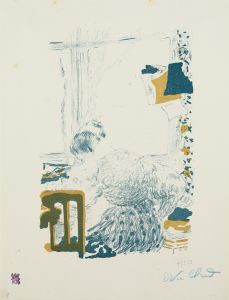

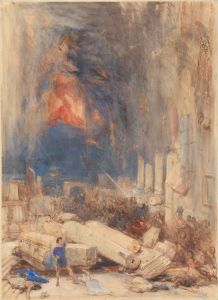
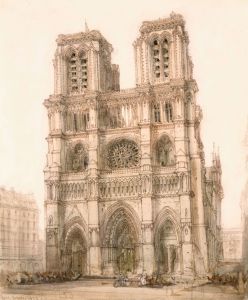
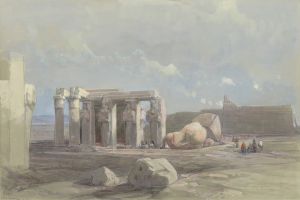
![Medint [sic] Abou [Medinet Habu], Thebes. Dec. 8th, 1838.](/imgs/217511/s/david-roberts-medint-sic-abou-medinet-habu-thebes-dec-8th-1838-4bc38982.jpg)
